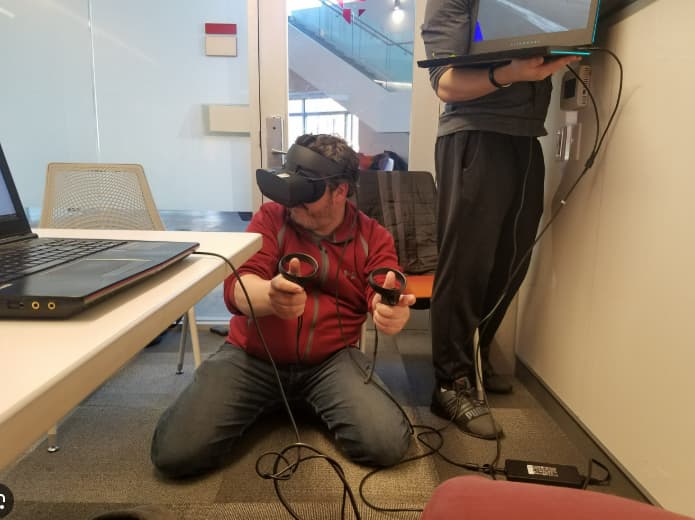
The Importance of Playtesting: Listening to Your Players Early
Playtesting is perhaps one of the most important parts of game design because it tells you whether an idea is worth pursuing. A designer may have a good idea, but real players must enjoy it as well. Platforms such as GGBet are rigorous when it comes to the quality of the games, which makes thorough testing essential.
But what exactly does playtesting do, and how can it help with game development?
Why Feedback and Iteration Matter
Feedback and iteration are important because, no matter how glorious you think an idea is, it may not be perceived the same by the end user. You may feel like a certain element of design is quirky or clever, but players could find it frustrating instead. Designers could end up spending loads on implementing a design, only for it to gather dust on the shelf.
With early feedback during playtesting, designers catch more than bugs. They evolve the design in a way that makes the game enjoyable. It gives insight into what players love and avoid about games, improving the design one iteration at a time.
Common Mistakes that Early Testing Can Prevent
Early testing can keep developers from falling into many pitfalls of game design. This includes the following:
Confusing Rules or Core Mechanics
Game developers already have a knowledge base on many types of games and their mechanics. They also have a good idea in their mind of what they want a certain game to be like.
Because of that, they may easily forget that not everyone has the same knowledge. Early playtesting helps reveal confusion about goals and mechanics, simplifying the users’ experience.
Feature Bloat
Ever heard of the saying “less is more”? This often applies to video games and iGaming solutions. Adding too many features or mechanics to the game might look fancy in your mind, but it only adds unnecessary complexity.
Early testing can tell you which features bring value and which ones are unnecessary, keeping players from losing sight of their goals.
Difficulty Curve
Each game is designed to get more difficult the more a player advances into it. However, if it gets hard too early or is too easy for a long time, it can get frustrating.
Early testing can help you figure out where there are problems with the pace, preventing users from losing interest in the game.
Assuming Playing Conditions
Game developers and testers design their projects on advanced computers with a stable network. The problem is that not every player has access to that kind of data. Many people play on devices such as their school laptop or personal PC they use for browsing.
Early testing informs the development team how a game behaves in “normal” conditions, where the Internet speed may be lower or the computer may be older than five years.
Mismatched Audio and Visuals
Full immersion needs good video quality and audio in the gameplay. This rarely happens if the visuals look like a cozy space, but the audio feels like a battleground. It disconnects the players and keeps them from coming back if it happens often.
Early playtesting helps catch inconsistencies so you can make the appropriate changes.
Tips for Community-Driven Development
Community-driven development is perhaps one of the most efficient ways to catch issues early and keep them from turning into bigger problems. Below are some common techniques that testers use:
- Alpha Trials: Limited test in the early stages with an internal audience (usually game testers), which focuses on core mechanics.
- Closed Beta Tests: The product is opened to a larger audience (invited professionals), validating the performance, balance, and UX.
- Open Beta Testing: A less restricted version of beta testing that opens the game to broader audiences through an open sign-up form. This brings feedback from real-world players.
Once the feedback is received, developers prioritize the changes that should be implemented. This keeps them from losing track of their original vision under pressure.
The Bottom Line
Early playtesting helps you craft a game that is not only cool and fun but also easy to engage with. Different testing stages help you find costly inconsistencies and mistakes. This way, you don’t design the game just for yourself, you do it for the real players.